Best High Ticket Dropshipping Products for 2025
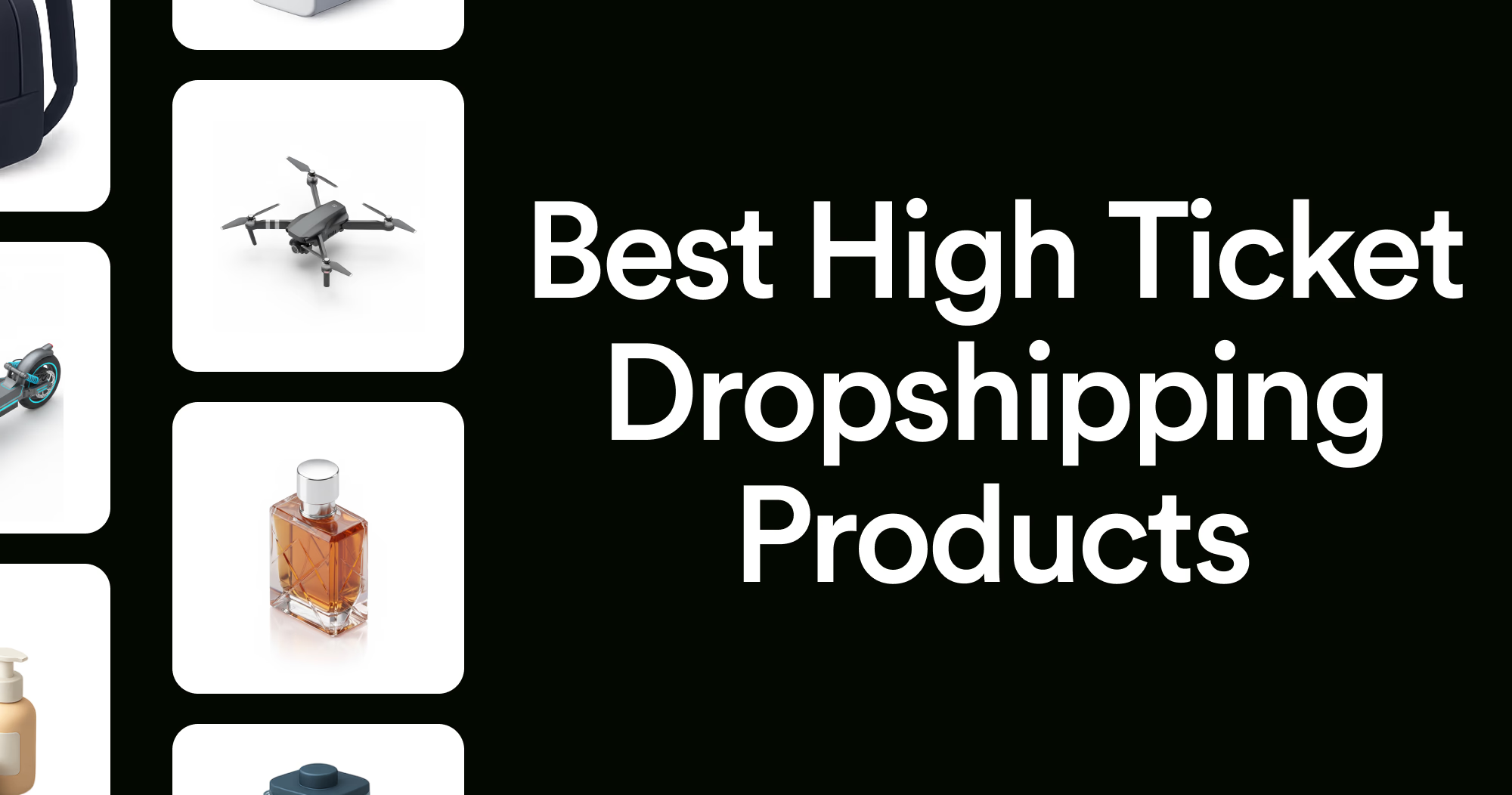
High-ticket dropshipping targets a specific price range. In this range, you grow margins without requiring luxury-level service, big warranties, or major brand recognition.
These products typically sells between $100 and $1,000. Below $100 ad costs on any platform, eat into your margins. Above $1,000, customers expect strong service and credibility. These are investments most dropshippers can't make without significant capital.
Some sellers push past $1,000 with furniture sets or professional drones. But these require serious credibility and resources. For most beginners, products priced between $150 and $600 offer the best growth potential.
Why high-ticket beats low-ticket profit math
With low-ticket items, the margins are small. For example:
- Buy at $10, sell at $15 = $5 gross profit.
- To make $100 net, you must sell 20 units.
This means 20 transactions, 20 support cases, and 20 shipping challenges. Ad spend must be precise since $5 margins vanish quickly.
With high-ticket items:
- Buy at $200, sell at $300 = $100 gross profit.
- One sale equals the profit of 20 low-ticket sales.
You handle fewer customers and spend less time per dollar earned. Advertising becomes easier to scale. Spending $50 to acquire a customer who yields $100 in profit is profitable. In contrast, spending $30 to get only $5 in profit leads to losses.
Higher prices also limit competition. A $200 wholesale cost requires upfront cash many bootstrappers lack. This reduces crowding and gives you room to grow confidently with real data.
Key traits of successful high-ticket products
Not every expensive product works. Successful high-ticket products share three main traits:
- Strong demand: The product must solve a clear problem or replace recurring expenses. For example, a $180 pet grooming kit sells well because pet owners spend hundreds yearly on grooming. Items without clear utility struggle, no matter how polished the ads.
- Healthy margins: Margins should cover ads, fees, and returns. Selling a $180 product at $220 leaves only $40 profit, which may not be enough. Aim for at least $70 to $100+ gross margin whenever possible. Lightweight, branded items like perfumes can work due to lower shipping and return risks.
- Shipping feasibility: Bulky or fragile items reduce profitability. For instance, $200 shipping costs for a couch or breakage costs for glassware wipe out profits. The best products balance value with manageable size and durability.
Tools like Trendtrack help validate ideas without guessing. Filter Shopify stores selling products between $100 and $300. Then, compare their ad spend to revenue. This proves unit economics.
For example, a store spending $20,000 monthly on ads and generating $80,000 revenue shows a solid formula. Analyze these top DTC brands to gather proven insights.
High-ticket dropshipping products with proven demand
The categories below have real traction backed by six- and seven-figure stores.
Home gym equipment and fitness machines
Home gym purchases replace ongoing gym fees. Items priced over $100 such as curl bars or dumbbell racks systems appeal to buyers seeking convenience and results.
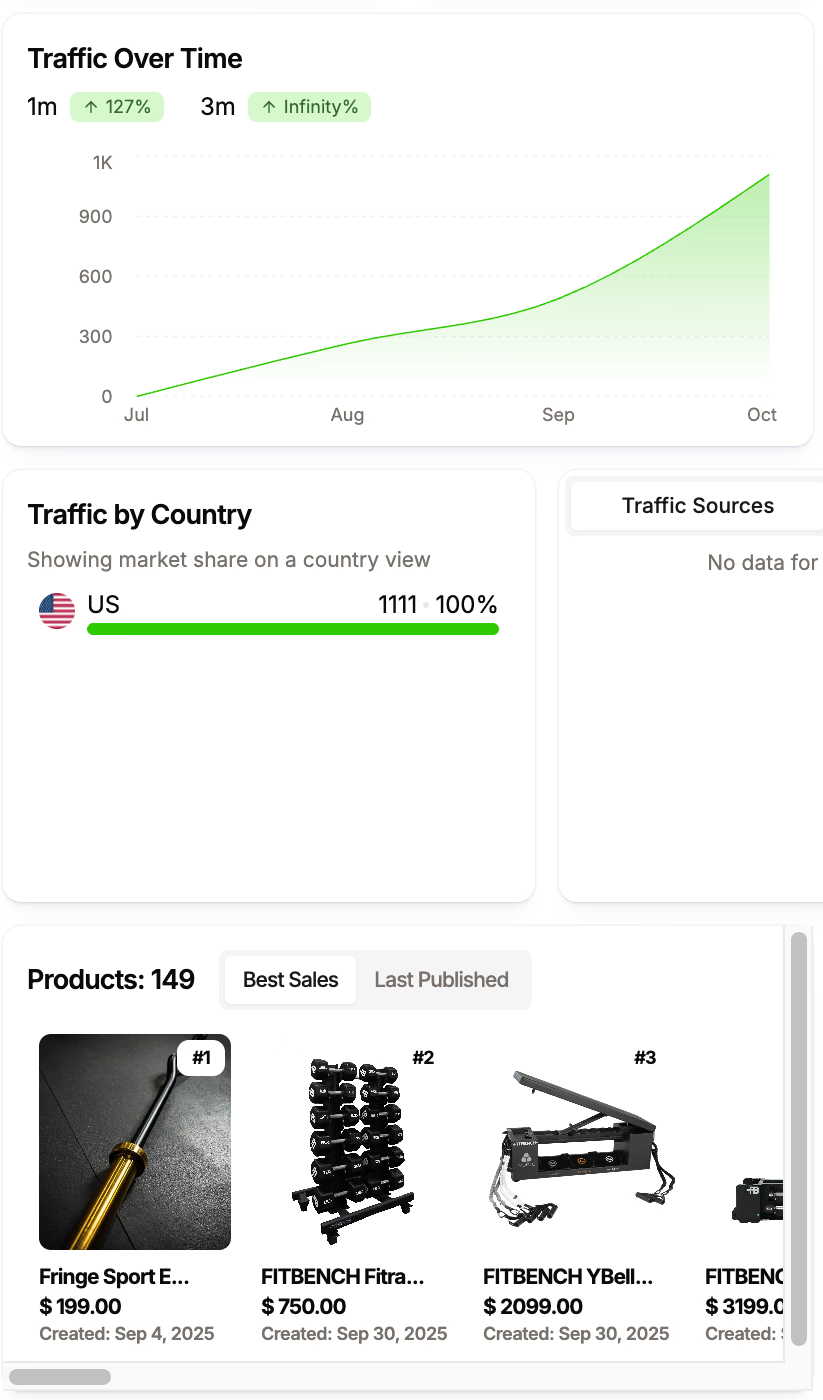
Filter fitness stores with 50k–200k monthly visits and stable ad spend on Trendtrack. Video demos showing practical use cases convert better. Focus on compact gear to keep shipping costs low.
Designer furniture and modular home décor
Buyers spending $300–$1,000 want durability and style beyond cheap flat-pack furniture. Modular sofas, accent chairs, and coffee tables that disassemble for easier shipping balance style and convenience.
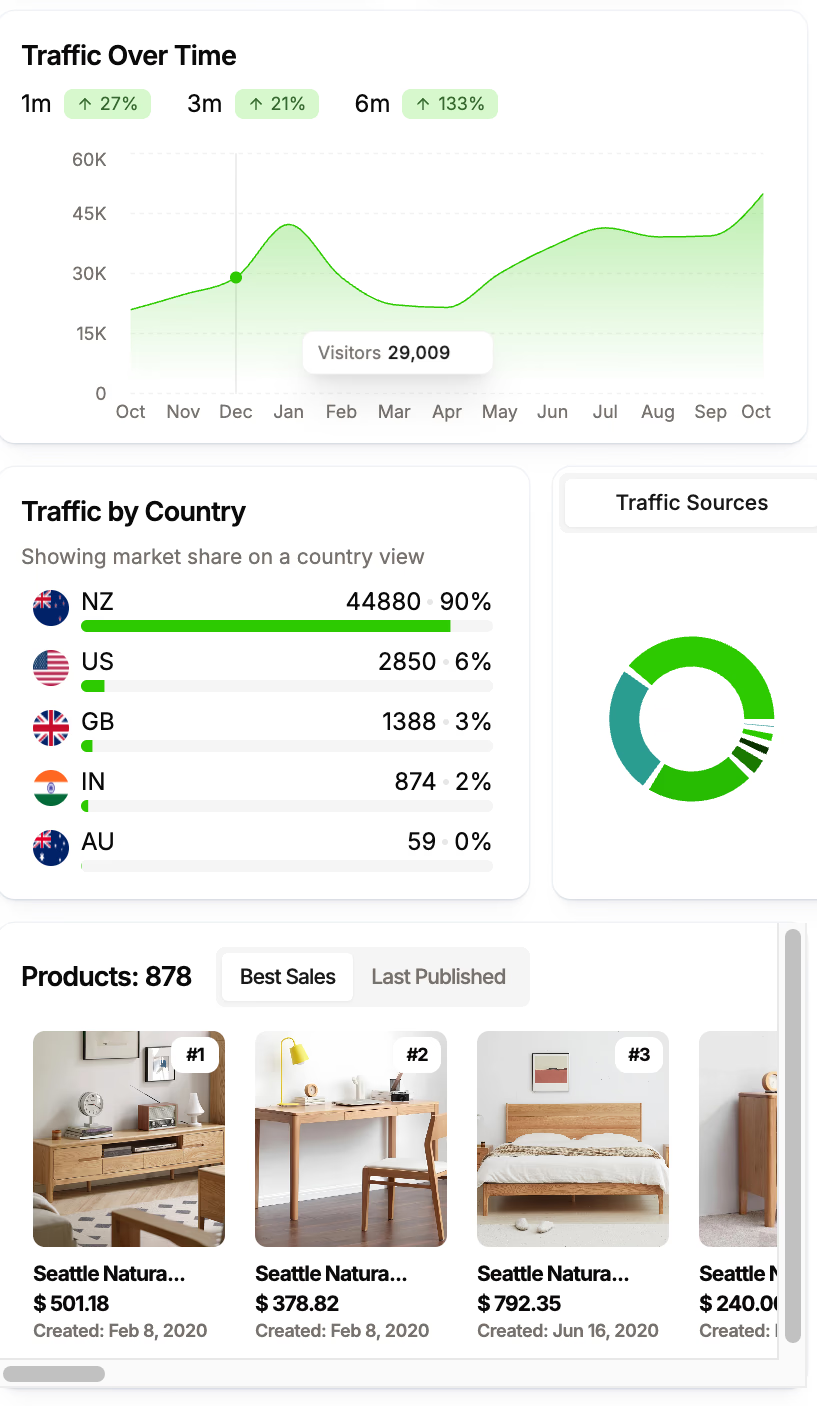
Source domestically to reduce transit times and avoid customs delays. Order samples to verify quality before listing. Use photography that emphasizes scale and materials rather than just specs.
Professional drones and camera equipment
Mid-tier drones priced $200–$600 offer better video quality than toy drones without the high price of prosumer gear. Content creators looking to upgrade their equipment are the target market.
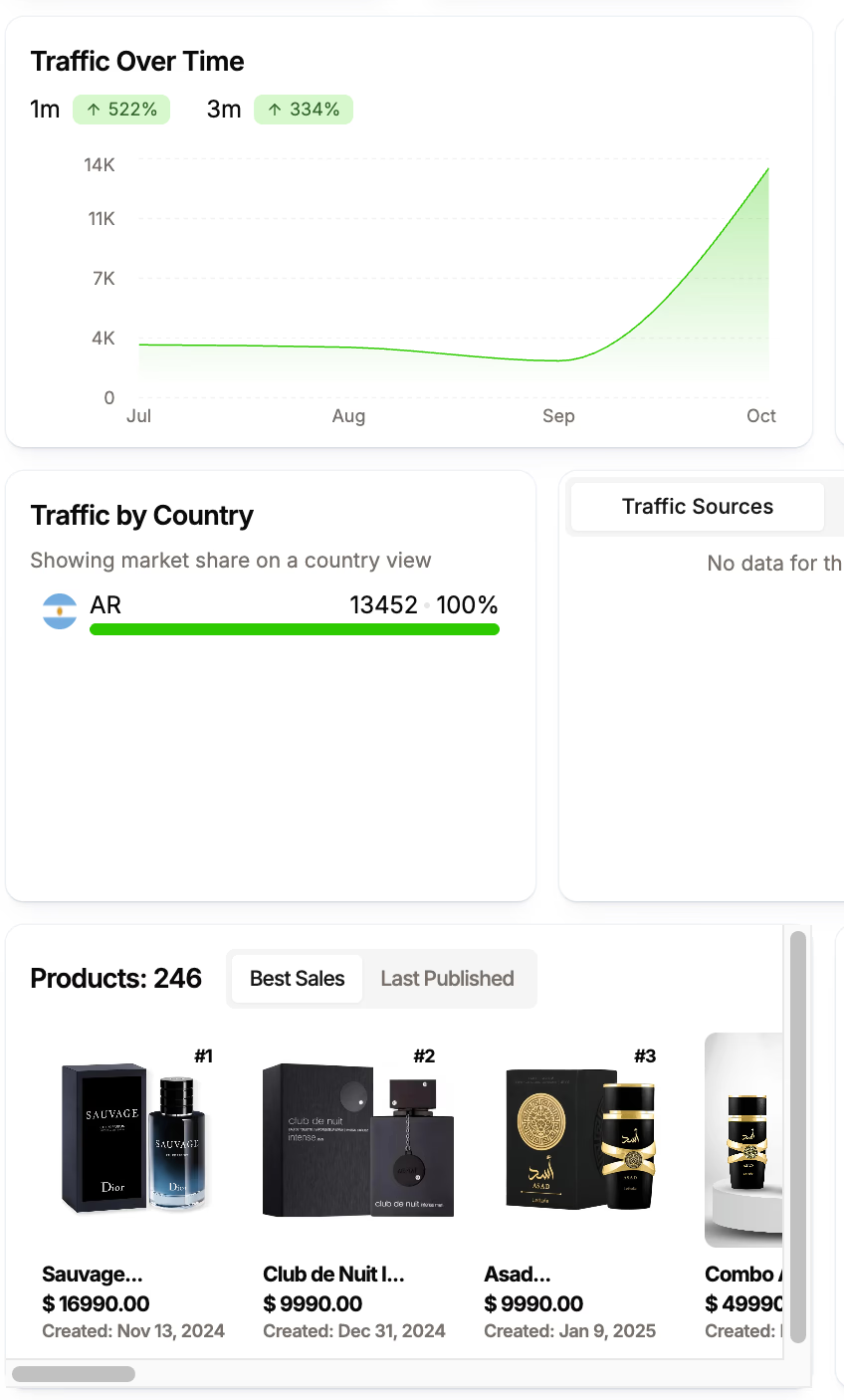
Check Trendtrack ad libraries for stores running video demos longer than 60 days. Boost average order value by upselling batteries, cases, and ND filters.
Luxury perfumes and cologne collections
Branded fragrances provide healthy margins when priced and packaged smartly. Instead of competing on price with Amazon, sell curated selections, gift sets, or exclusive packaging.

Focus your catalog on 10 curated SKUs rather than 100 random ones. Account for international duties in pricing for global customers.
Branded watches and fine jewelry
Watches under $1,000 from brands like Tissot, Diesel, and Burberry serve as accessible status purchases. Authenticity is critical, samples are essential to avoid chargebacks and maintain reputation.

Pair watches with themed accessories such as bags and wallets to create targeted store themes. These convert better than general jewelry shops.
Electric scooters and mobility devices
Scooters priced $600–$800 attract commuters and suburban buyers. They compare speed, range, and build quality. Your product pages must answer these questions clearly.
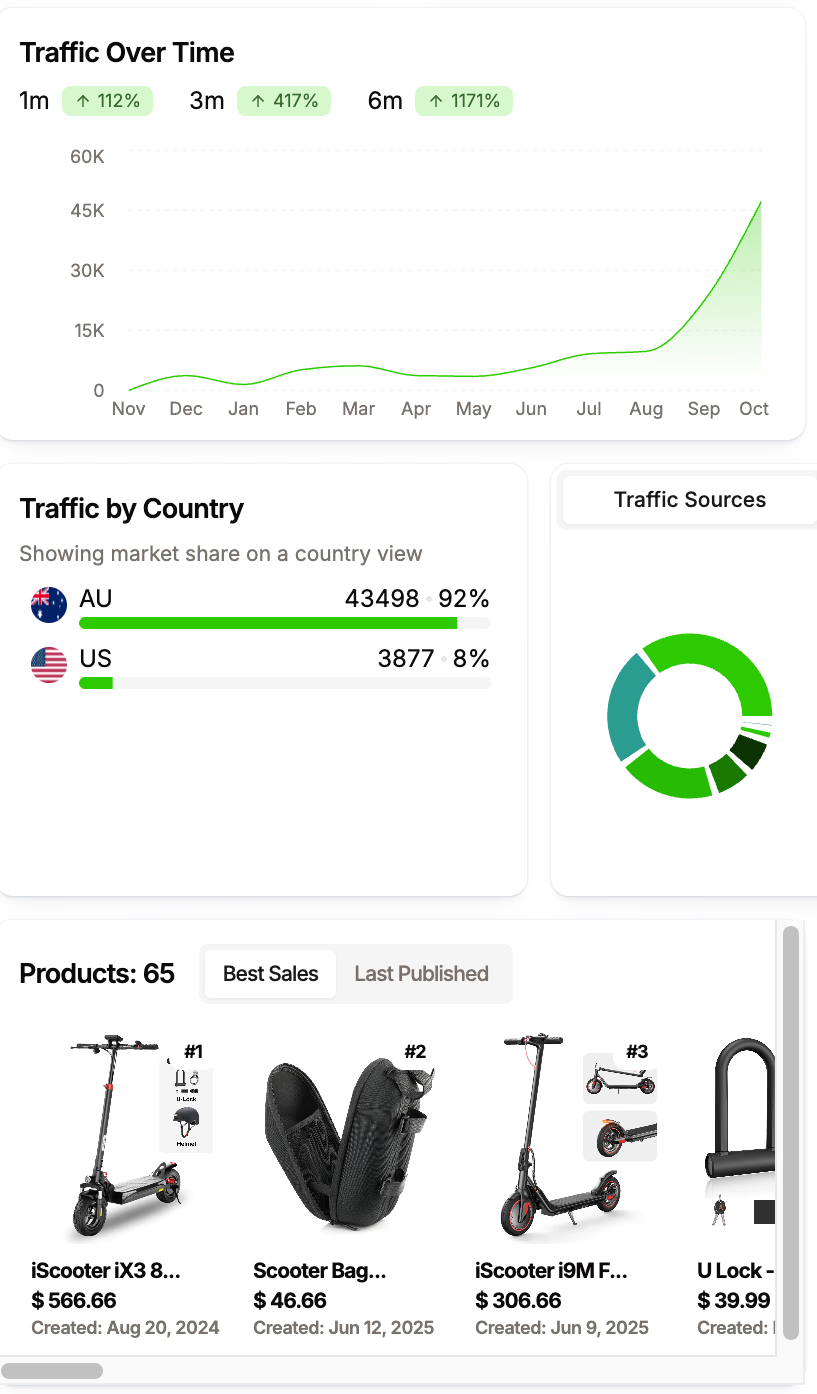
Real-world demo videos by micro-influencers outperform staged shoots in this category.
Commercial-grade kitchen appliances
Home cooks pay $200–$600 for durable stand mixers, food processors, and espresso machines. Use real-use videos to demonstrate performance and justify the price.
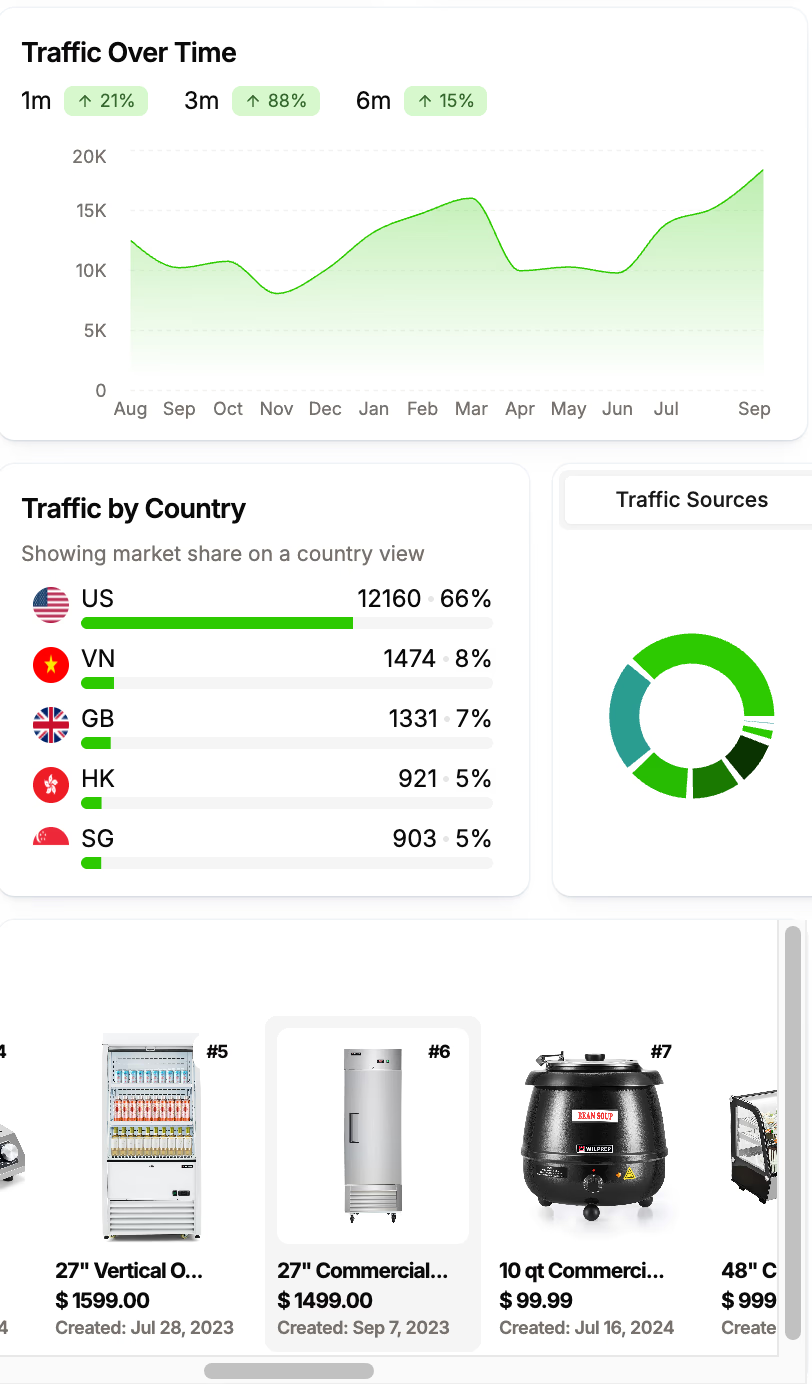
Target cooking professionals and small food businesses. Avoid products requiring complex maintenance to reduce support overhead.
High-end outdoor and camping gear
Four-season tents, technical backpacks, and premium rainwear priced $150–$500 attract users who depend on quality gear. Show testing in real conditions. Weather, load, and durability, not just studio photos.
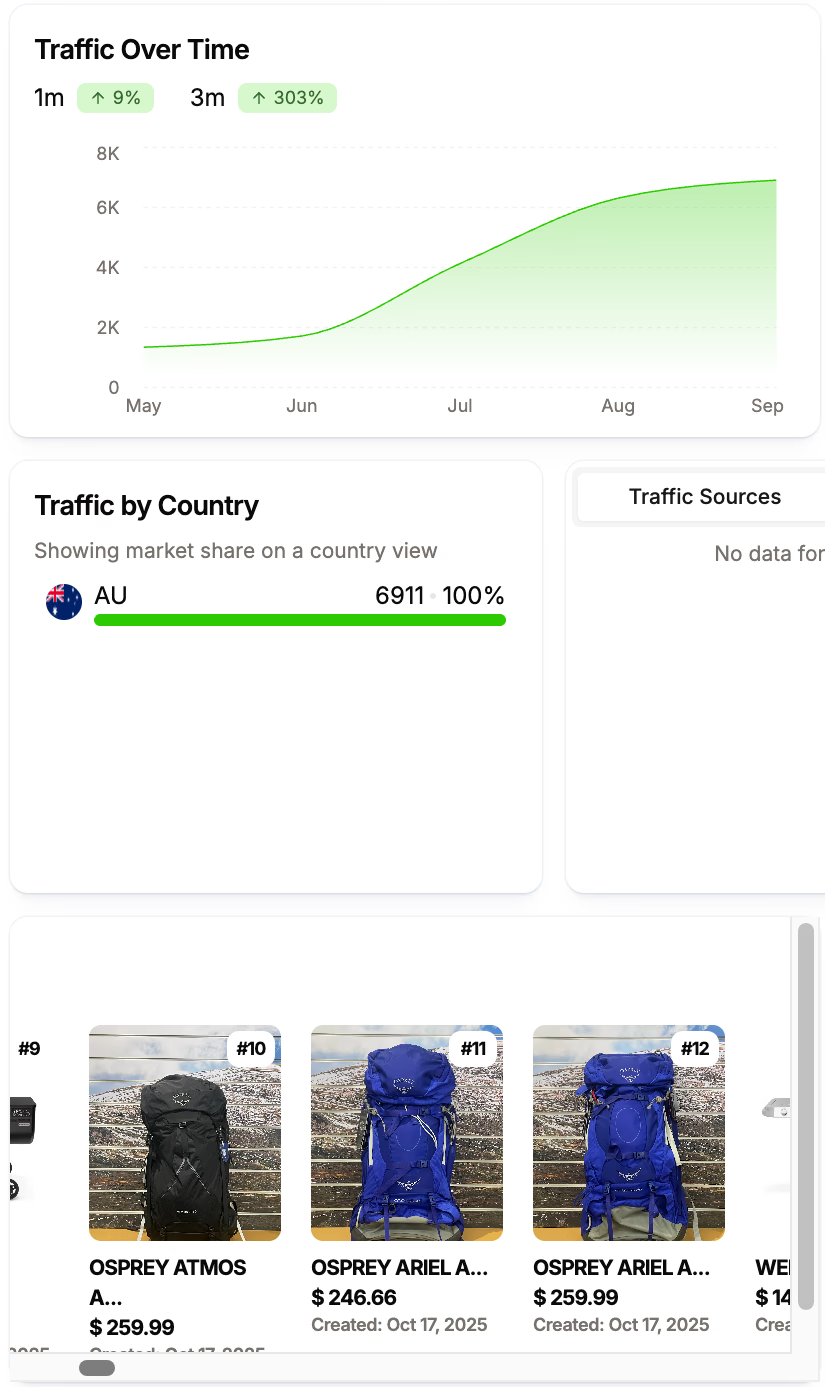
Manage inventory to match seasonal demand spikes. Bundle complementary items to increase order totals.
Home theater systems and audio equipment
Speakers priced $400–$800 offer clear improvements over TV speakers without costly installations. Emphasize the enhanced experience in movies and music rather than technical specs.
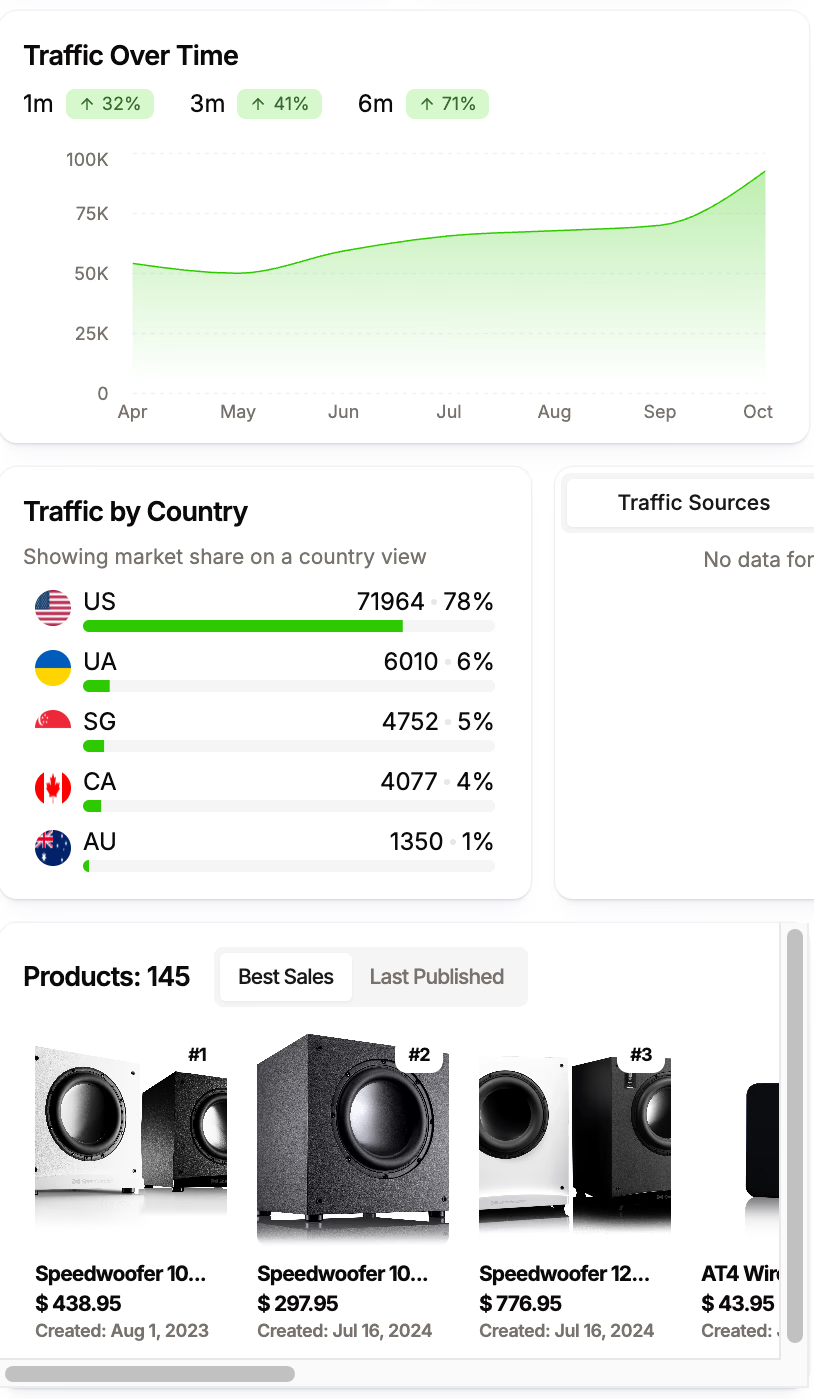
Market primarily to homeowners with disposable income and position these purchases as practical home upgrades.
Car vacuums
These vacuums priced $100–$150 appeal to car owners. Simplicity is key. Promote plug-and-play functionality over feature overload.
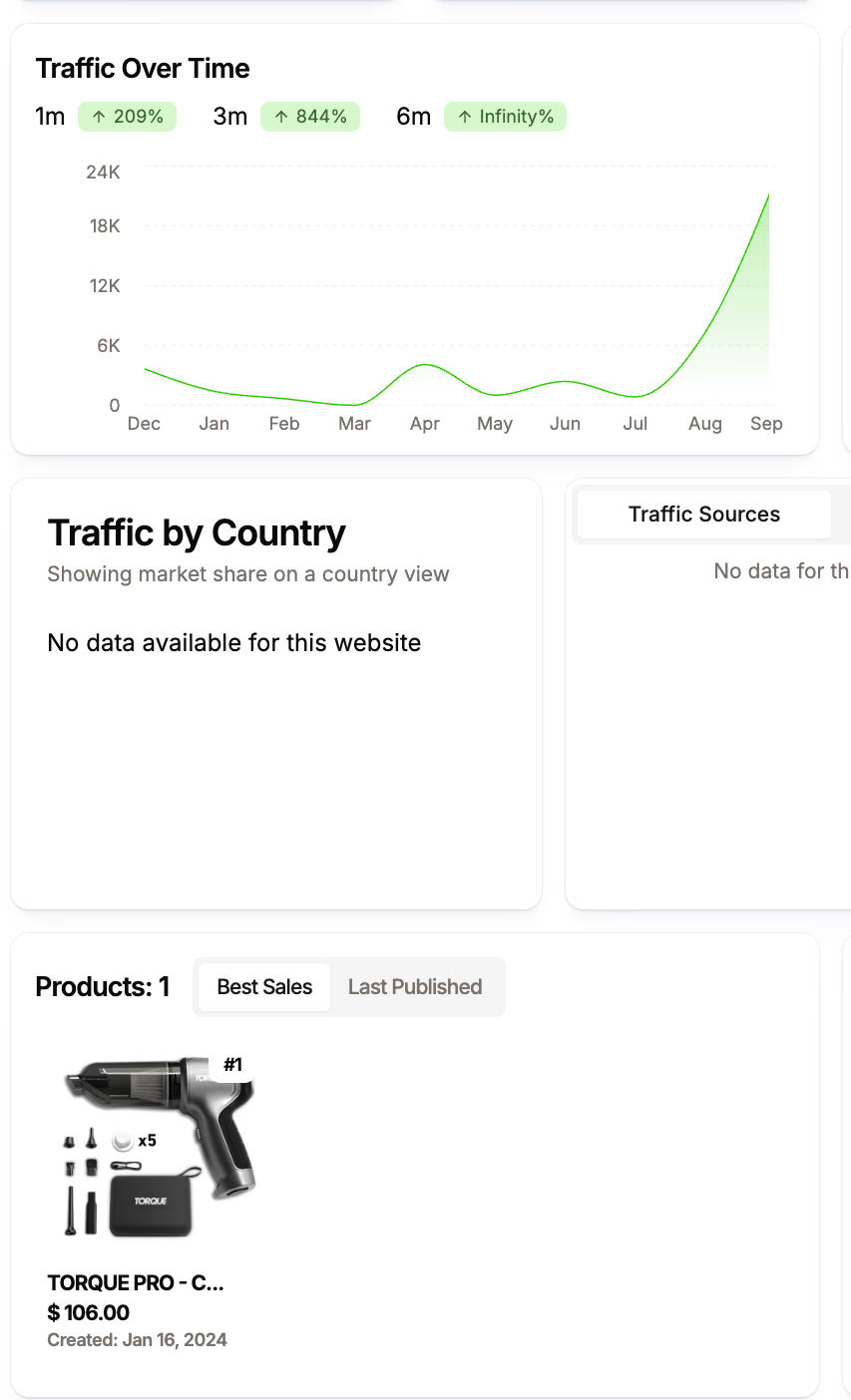
Demo videos showing real navigation and cleaning on various surfaces are essential. Target busy professionals and families.
Premium beauty tools and skincare devices
LED masks, microcurrent devices, and professional hair tools priced $100–$400 attract dedicated skincare users. Safety certifications and clear before-and-after results significantly boost conversions.
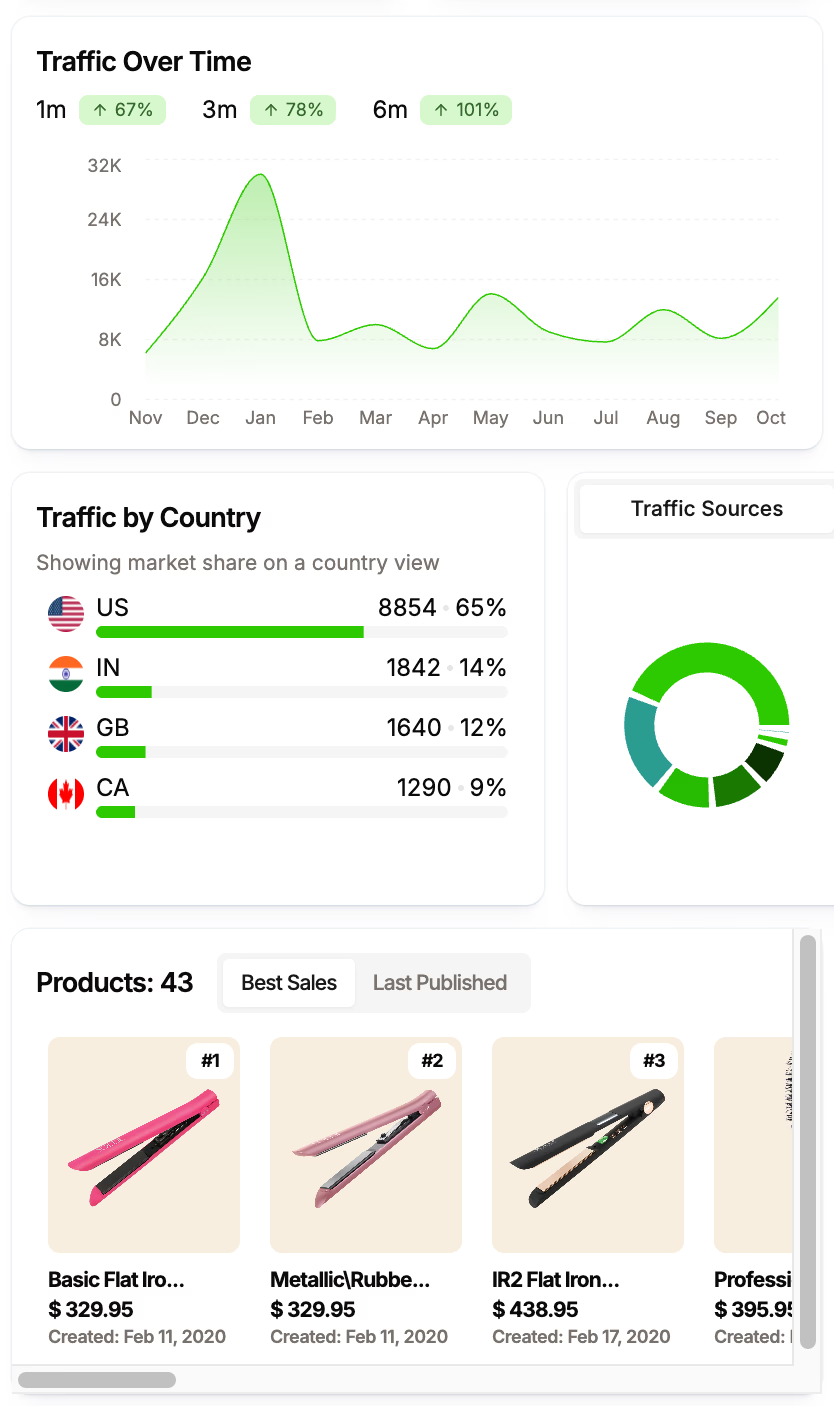
Use micro-influencers to demonstrate real results and prioritize domestically sourced products as a quality signal.
Want to explore more niche opportunities? Learn about travel dropshipping products that follow the same high-margin strategy across different customer segments.
Find Trending Products Before They Pop
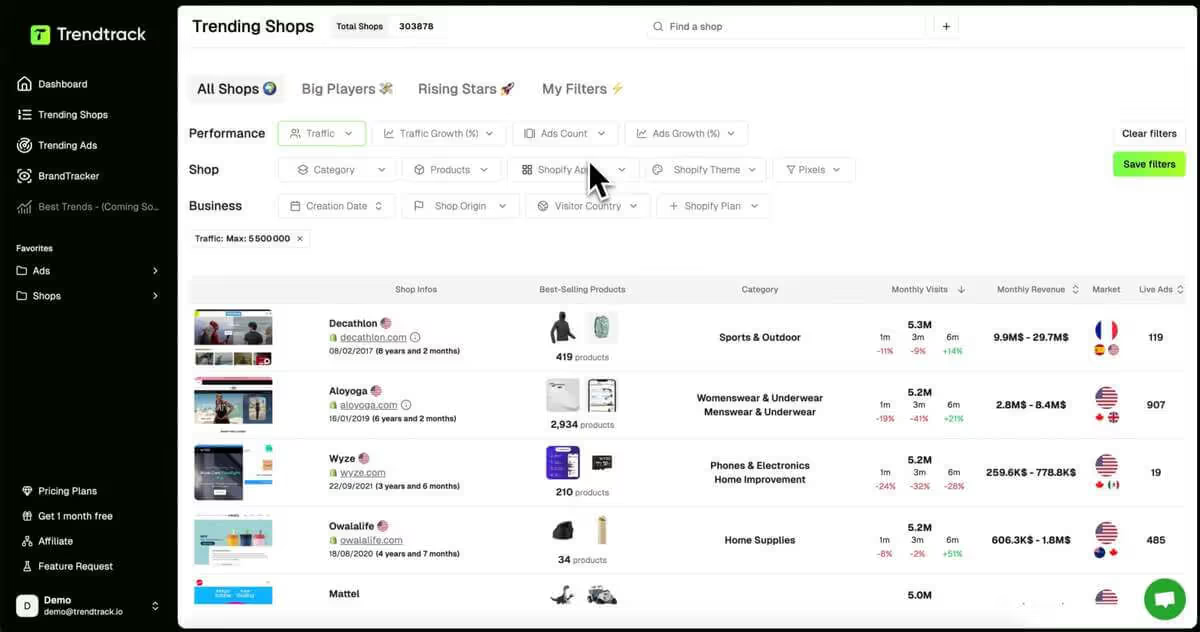
Why high-ticket dropshipping works better in 2025
While many sellers compete over $15 phone cases, selling high-priced items changes your entire approach. It’s not just about charging more. This model makes sense when you analyze the numbers carefully.
The difference between 100 cheap sales and 10 expensive ones can transform your workload and advertising strategy. It also has a significant impact on cash flow.
Higher profit per sale means lower volume needed
Consider this comparison:
- Buying at $10 and selling at $15 gives a $5 gross profit. To make $100, you need 20 sales, 20 support requests, and 20 shipments.
- Buying at $700 and selling at $1,000 yields a $300 gross profit. One sale equals the profit of dozens of cheap orders.
Absolute profit per order matters more than percentage margins when scaling ads. For example, earning $17 per sale on a US-stocked product versus $8 on an imported one gives you more room to spend on customer acquisition. This also lets you outbid competitors more effectively.
A $300 margin lets you spend $150 on ads and still turn a profit, something a $5 margin product cannot sustain.
Start your business with confidence backed by real data.
Less competition than saturated low-ticket markets
Low-ticket niches are crowded because entry costs are low. High-ticket products require significant capital, which reduces the number of competitors.
For example, when a competitor needs $300 to buy and ship one electric scooter, they hesitate. Stores selling $10 items can afford to test endlessly.
This capital barrier acts like a moat. It leads to fewer price wars, better photography, clearer product descriptions, and stronger customer service.
Instead of wasting hours scrolling through low-value options, use this advantage to test impactful offers.
Premium positioning builds brand credibility faster
Expensive products set higher expectations for customers.
A store selling high-end kitchen appliances or professional drones appears as a curator, not a discount bin.
Buyers who consider a $300 home theater system expect that you vetted the suppliers and stand behind your products.
Meeting these expectations builds credibility. This credibility compounds through detailed reviews, word-of-mouth referrals, and increased trust in repeat purchases.
Focus on quality signals rather than discount gimmicks to adopt the secrets of the biggest direct-to-consumer brands.
Better customer lifetime value and repeat purchase rates
High-ticket buyers show different behavior patterns:
- They often return for accessories, upgrades, or complementary products after a significant purchase.
- For example, a $180 pet grooming kit replaces recurring $720 per year grooming costs, turning buyers into repeat customers.
- Bundles and cross-sells like coffee beans after buying an espresso machine or replacement parts for gym equipment—,, oost revenue. They do this at almost no additional acquisition cost.
- Customers who invest $300 are more likely to stay loyal to a trusted brand during downturns. They are less likely to switch to unknown discount sellers.
Test for repeat buying behavior and bundle opportunities before scaling to validate ideas based on actual customer actions.
How to validate high-ticket product demand using Trendtrack
Use Trendtrack to confirm demand before investing heavily in ads or inventory. This straightforward playbook helps you spot high-ticket winners that are already proven.
Filtering Shopify stores by traffic and revenue performance
Focus on these indicators and their importance:
- Start in Trending Shops

- Check monthly visits, category, estimated revenue, market location, and active ads.
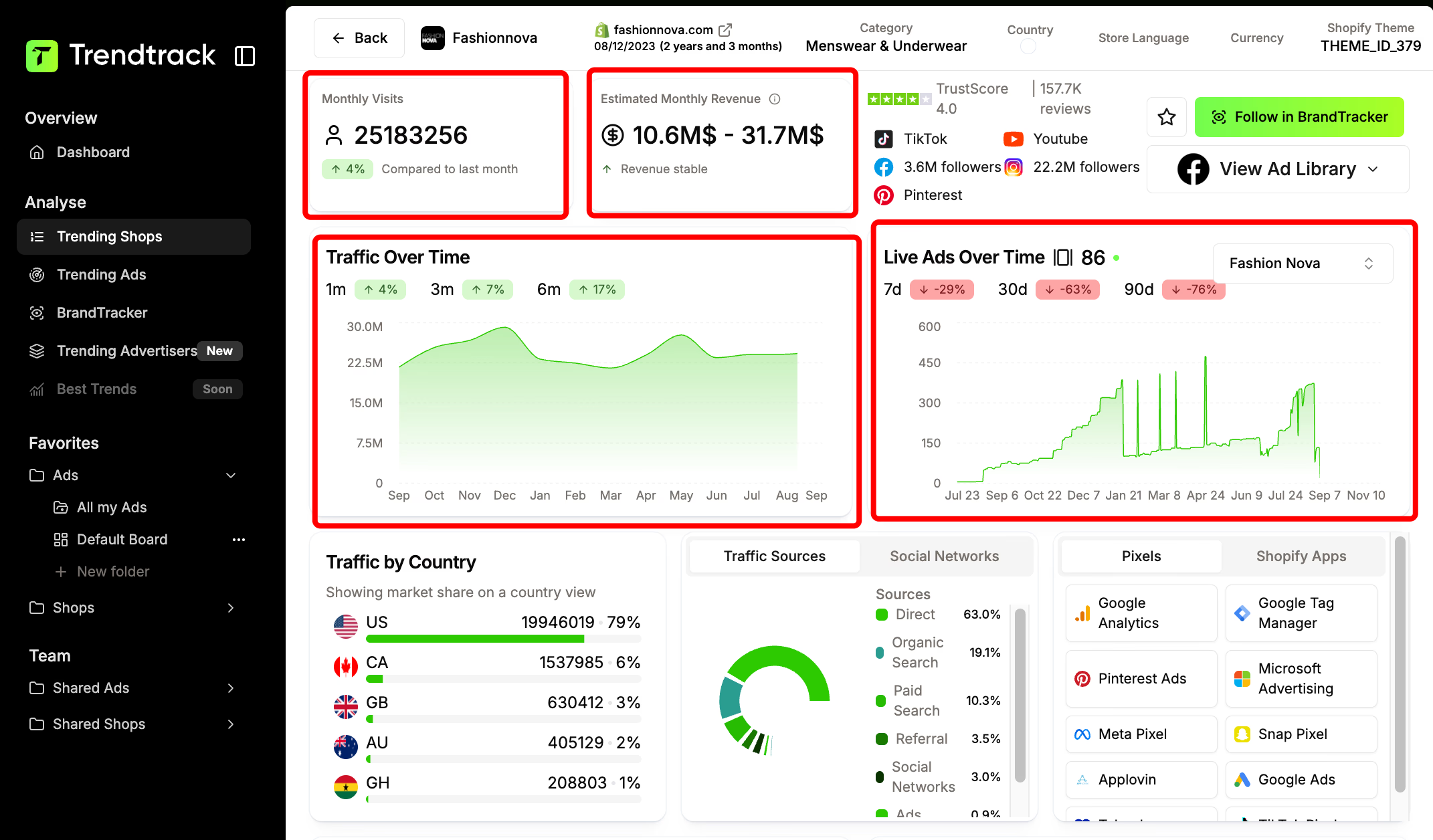
- Target stores with 50,000+ monthly visits, as this volume supports consistent high-ticket sales.
- Look for stores with more than 20% growth over 30 days, indicating a product that converts well.
- Use a best seller price filter of $150 or higher to focus on high-ticket items.
- Stores with 50+ active ads and high traffic are likely profitable. They wouldn’t sustain heavy ad spend without strong unit economics.
For example, a home-gym store with 180k monthly visits, a $450 bestseller, and 73 active ads shows strong validated demand.
Analyzing ad spend and ROAS for high-ticket items
Leverage ad data to evaluate financial viability before investing:
- Filter Trending Ads for video creatives, since high-ticket products need demos.
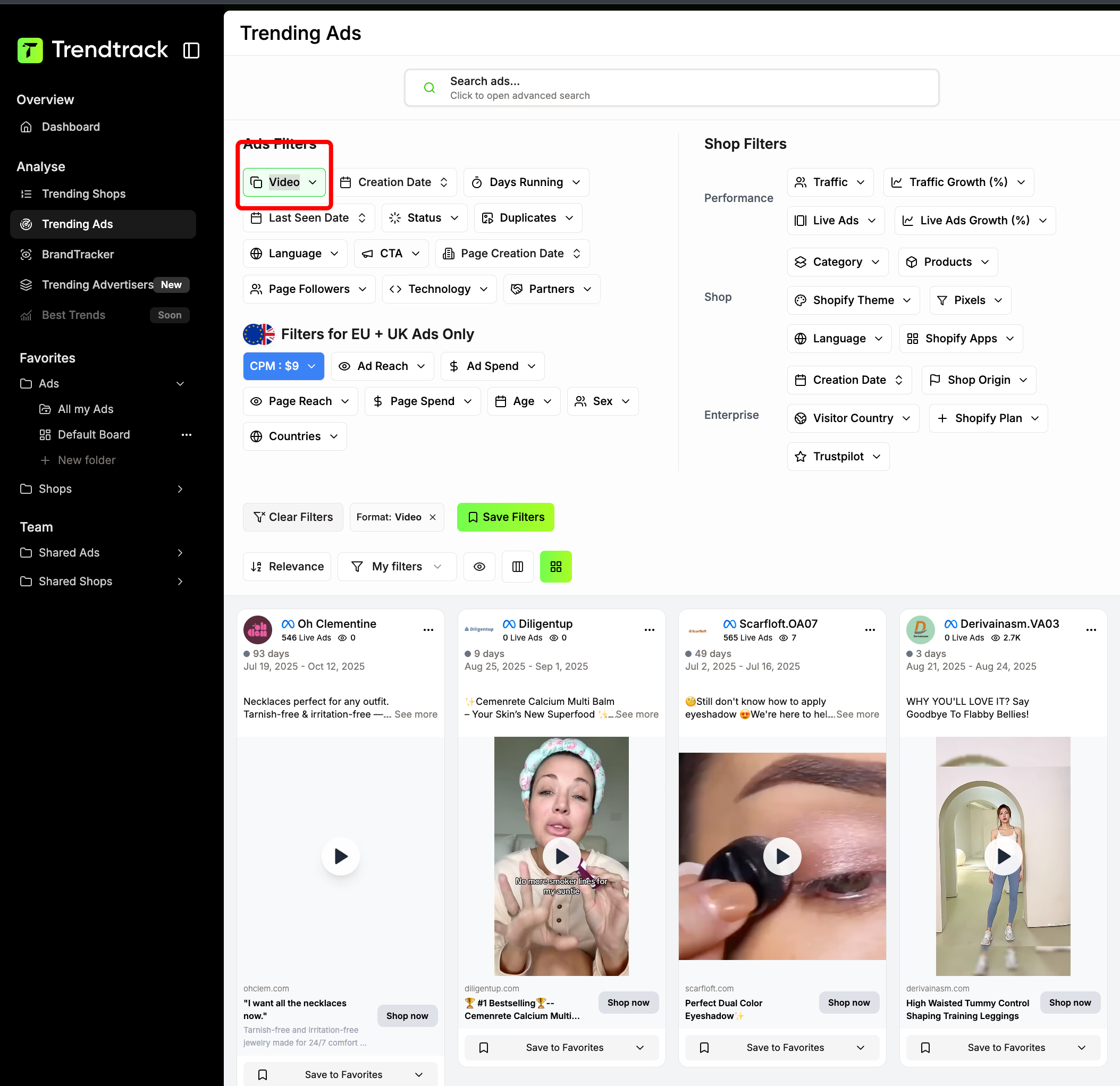
- Focus on ads with at least $1,000 spend in the last 7 days to find those scaling.
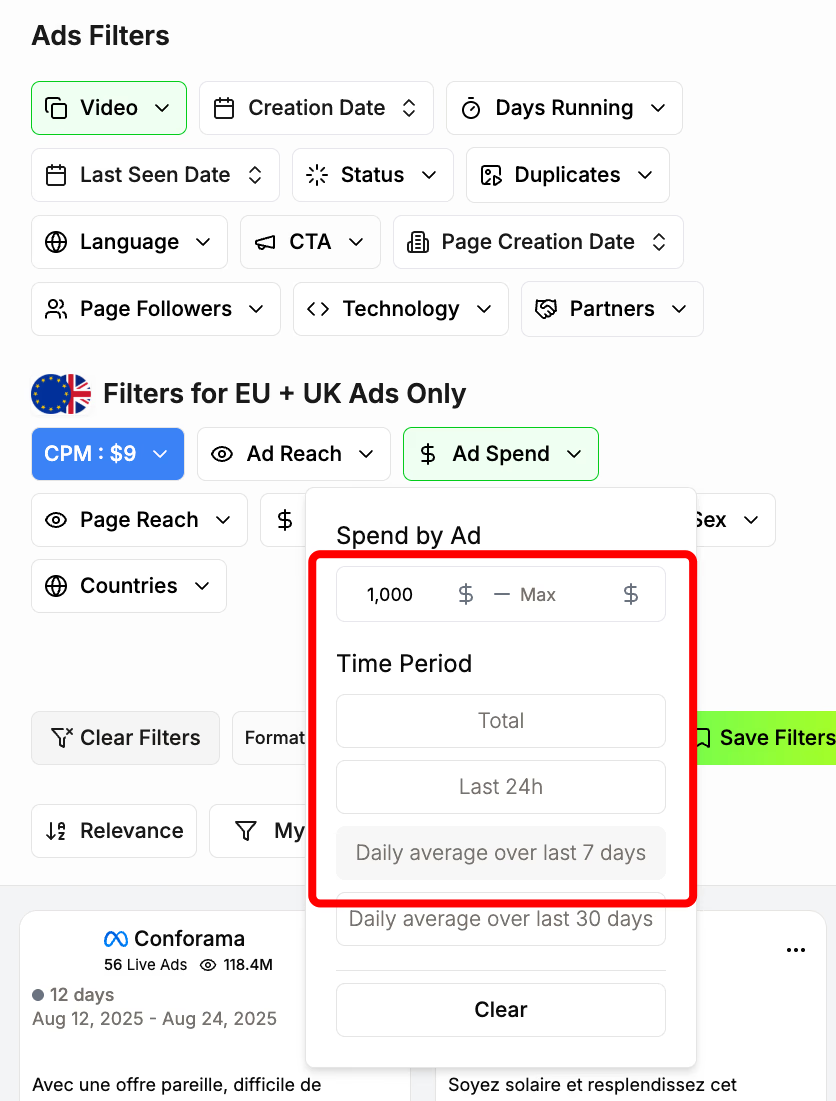
- Prioritize ads running for 45+ days with steady spending, as they are proven winners.
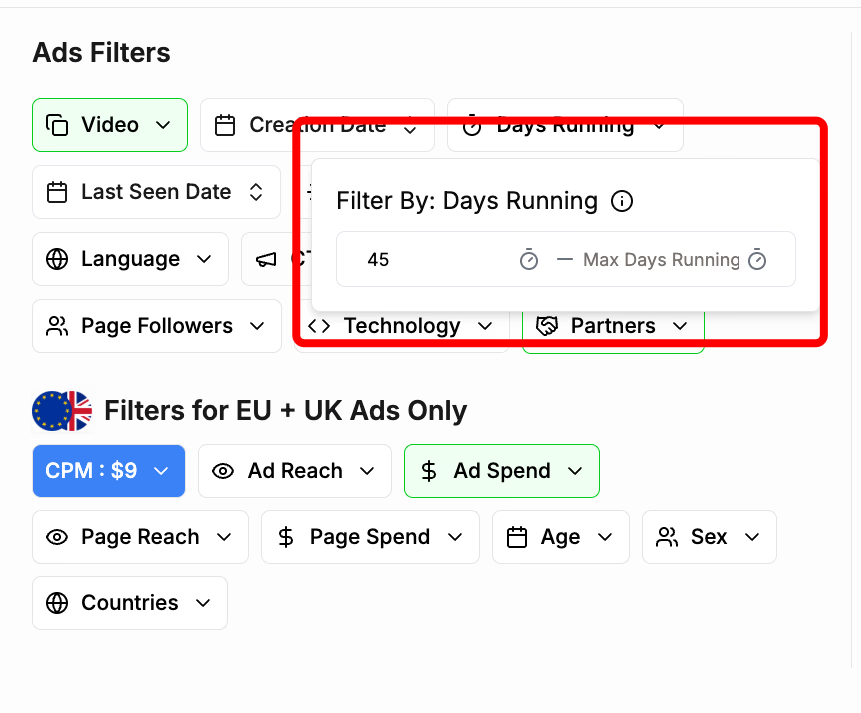
- Ads with 800k impressions in 30 days signal strong market demand. Multiple high-impression ads across shops may indicate saturation.
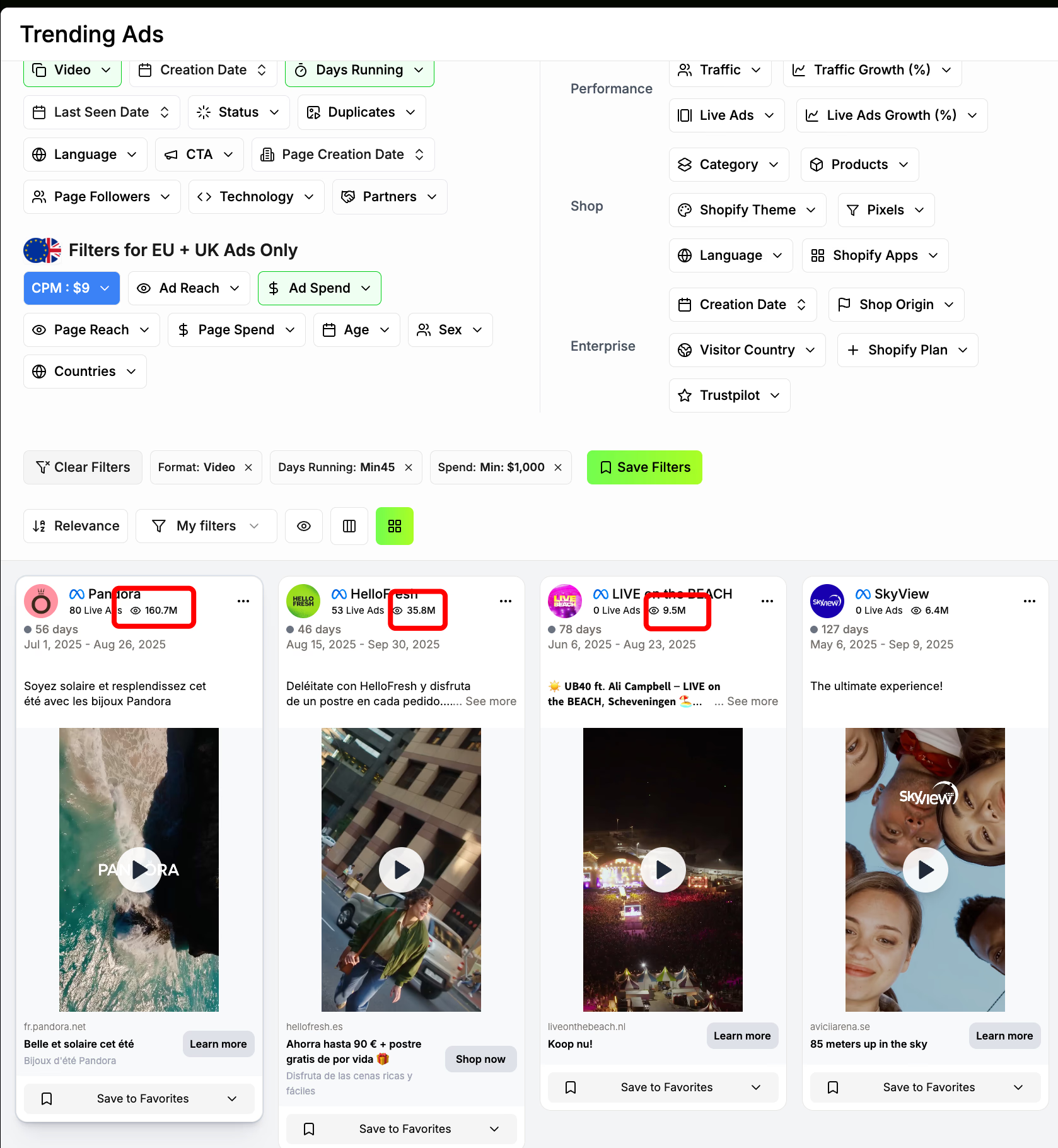
- Use Brandtracker and Ad Library to view a store’s full ad mix, high-ticket sellers typically run 70–80% video ads.
- The Testing tab shows daily ad tests. When stores test many ads but maintain only a few long-term winners, these reveal effective angles.
For example, a fitness store spent $12k over 30 days on its top ad, generating about 450k impressions. This resulted in an estimated $38k in revenue, providing a solid ROAS benchmark.
Understanding what constitutes a good ROAS helps you benchmark your high-ticket campaigns against industry standards—learn more about what is a good ROAS for ecommerce to set realistic performance targets.
Identifying seasonal trends and demand patterns
High-ticket products follow predictable seasonal cycles. Spotting these helps time your launch. Compare traffic growth across months to identify spikes.
Examples include:
- Home gym products peak in January for New Year resolutions, with items priced around $600 to $800.
- Pet grooming kits rise in March and April as owners prepare for shedding.
- Kitchen appliances see demand in November before holidays.
- Smart home security products increase in August and rise again in September during back-to-school.
Use Trending Ads creation dates to find when winners launched. Multiple strong ads launching in the same week signals a seasonal opportunity.

Timing your campaigns around these windows means cheaper ads and higher buyer intent.
Discover what is the average ROAS for Facebook ads so you can assess whether your early-stage product campaigns are tracking toward profitability.
Spotting trending products before market saturation
Identify products in their growth phase, not overcrowded ones:
- Look for stores with rapid weekly traffic jumps and review their catalogs.
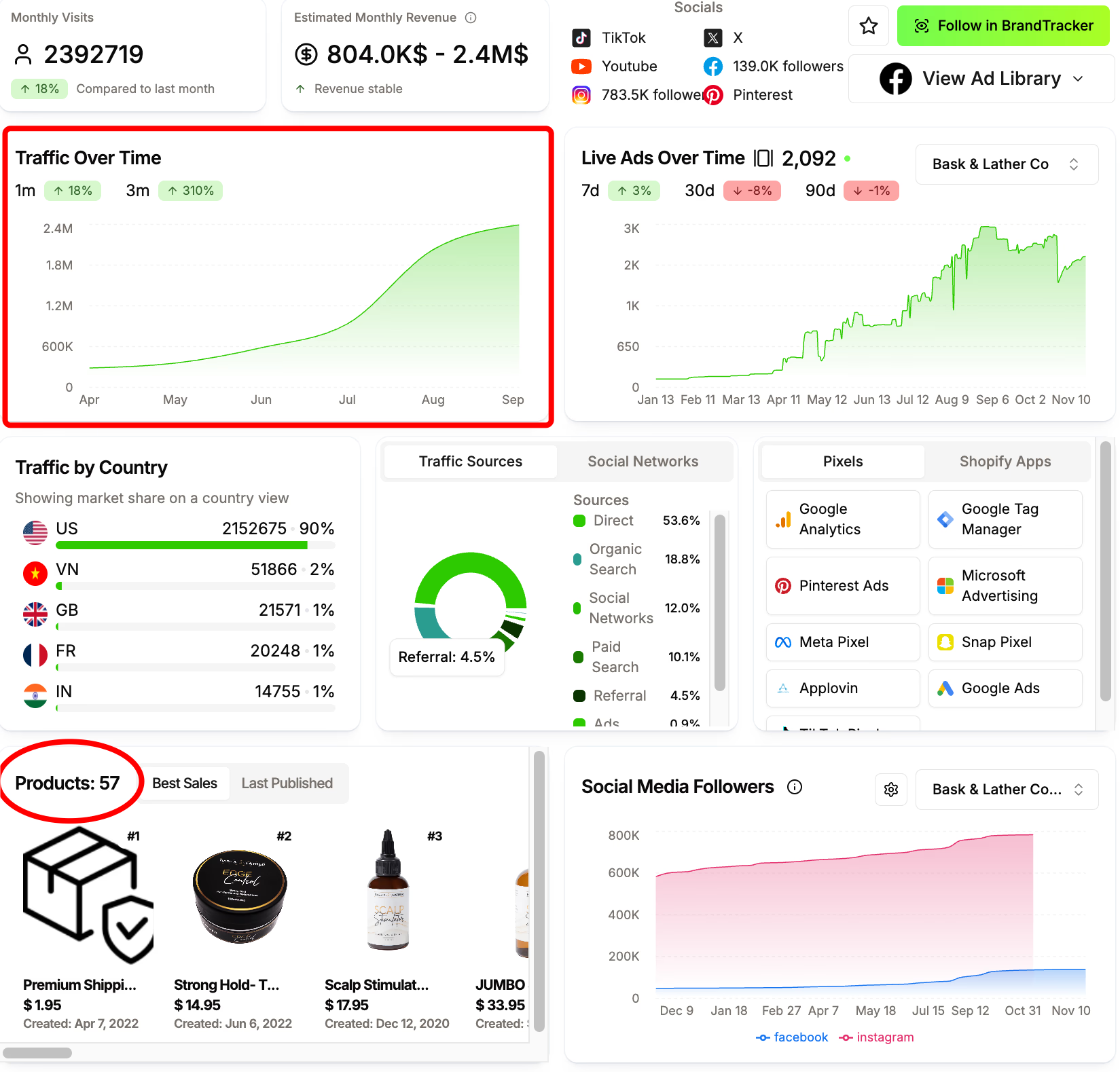
- Stores increasing active ads significantly, for instance from 12 to 87 ads in 60 days, likely found a winning SKU. Examine their advertised products.
- Search by category keywords and filter ads created within the last 14 days to spot new angles before mass adoption.
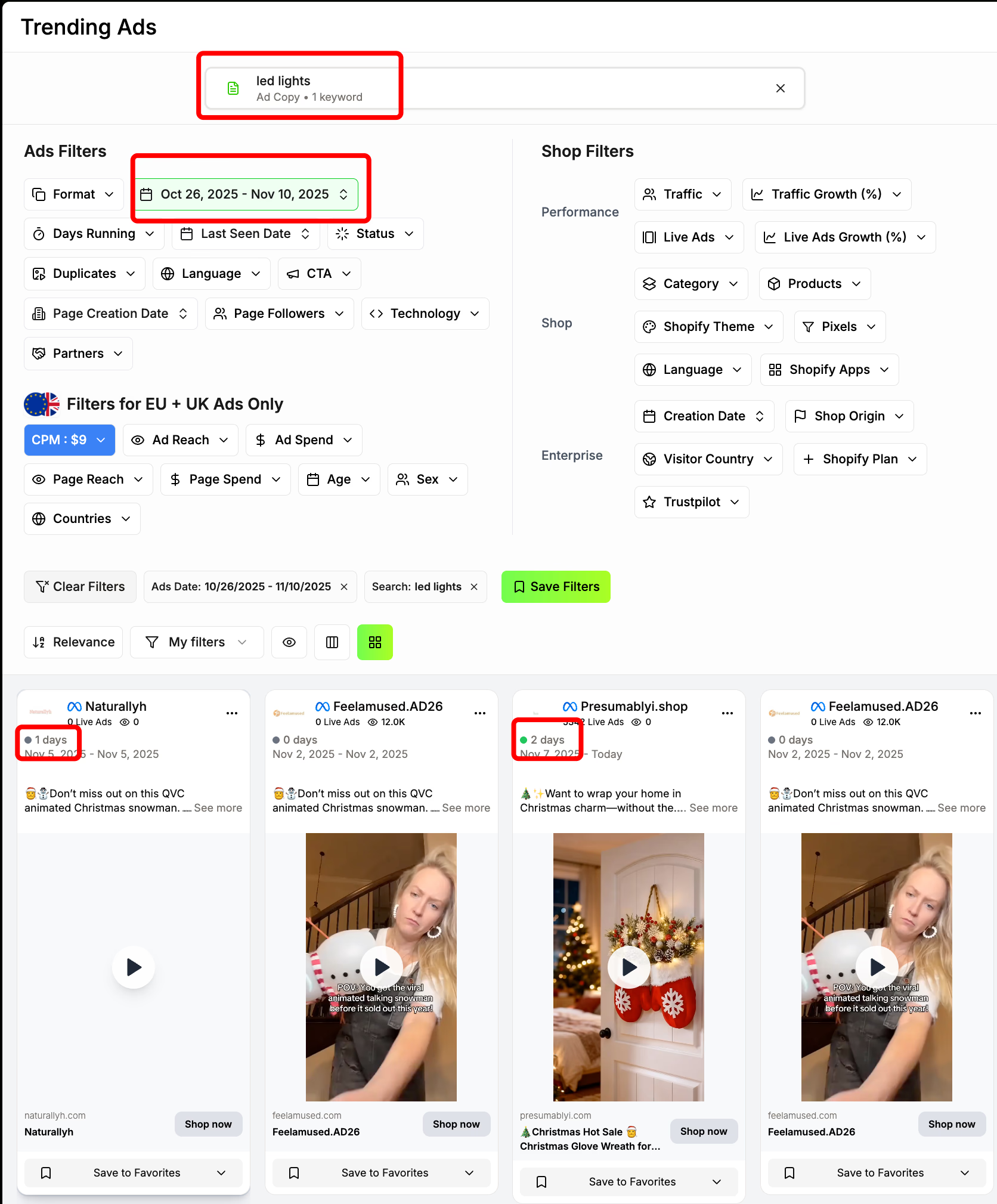
- Monitor duplicate ad counts: 5–8 duplicates suggest early stage, while 40+ duplicates indicate saturation and tightened margins.
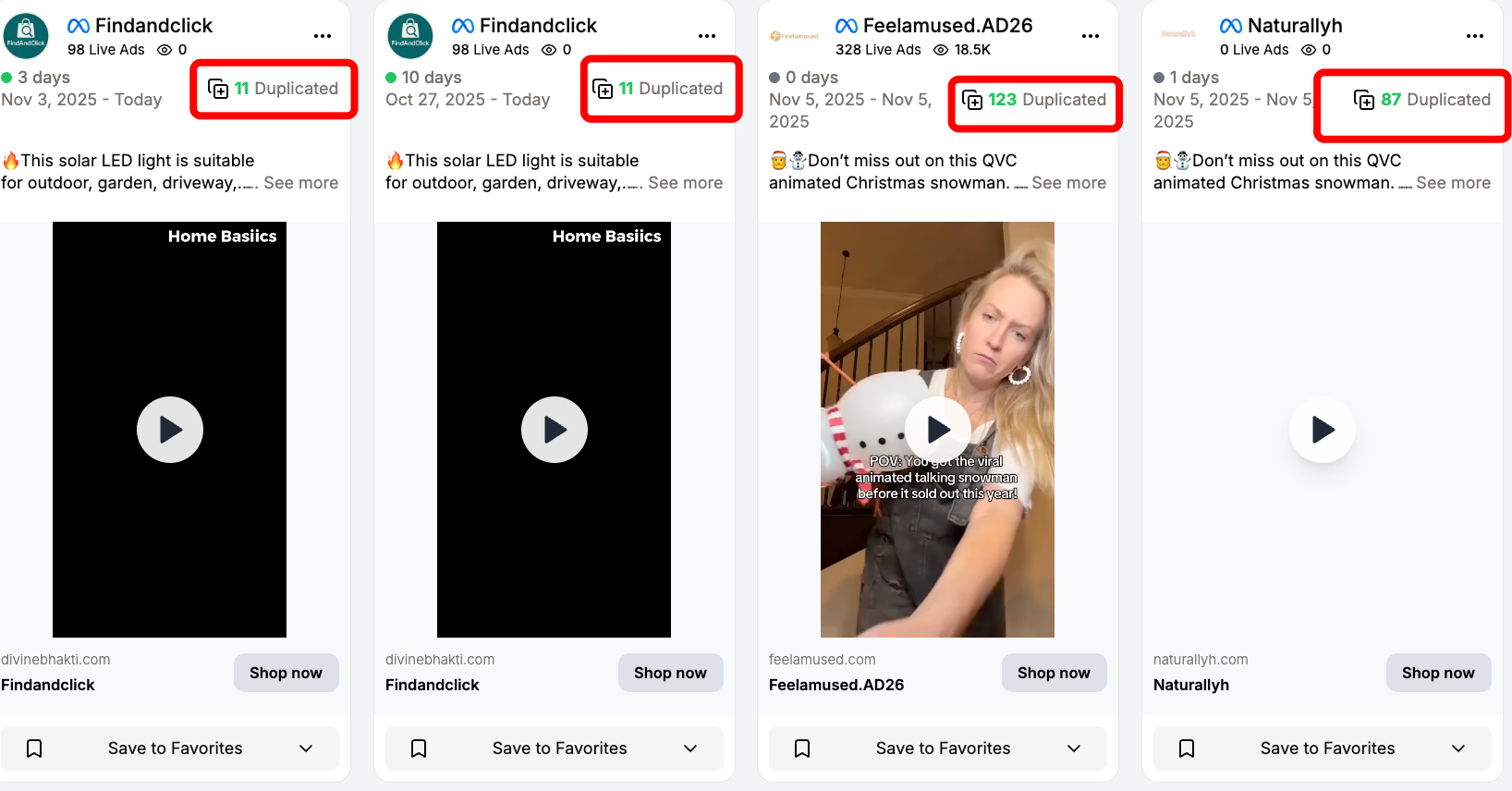
For example, a modular furniture store jumped from 60k to 140k monthly visits, launching 23 new video ads for a $380 storage system. Spending $2,400 over 18 days with only 11 duplicates signals a product in growth—this is your cue to act quickly.
Stop wasting hours scrolling. Use these filters to track winning products early and replicate strategies that generate actual results.
Save Hours of Research Time
Stop checking five different tools. Trendtrack provides better insights in one platform. Save time and streamline your research workflow.

Conclusion
High ticket dropshipping offers higher profit margins and fewer transactions than traditional models. Success requires reliable suppliers, professional branding, and exceptional customer service to justify premium prices.
While initial investment is higher, potential returns far outweigh low-ticket dropshipping. Start by selecting one or two product categories aligned with your interests and market demand, then scale as you gain experience.




Are you ready to get the insights?
From viral trends to million-dollar stores — unlock the insights behind what sells, scales, and converts. All in one place.




.avif)

